EMPLOYMENT IN THE MARKET ECONOMY IN ... - Eurostat - Europa
EMPLOYMENT IN THE MARKET ECONOMY IN ... - Eurostat - Europa
EMPLOYMENT IN THE MARKET ECONOMY IN ... - Eurostat - Europa
You also want an ePaper? Increase the reach of your titles
YUMPU automatically turns print PDFs into web optimized ePapers that Google loves.
Chapter 3 — Labour costs and value-added<br />
29 Unit labour costs in market services, 2001<br />
120<br />
110<br />
100<br />
90<br />
80<br />
70<br />
60<br />
50<br />
40<br />
30<br />
20<br />
10<br />
0<br />
% of value-added<br />
Distributive trades (G)<br />
Hotels and restaurants (H)<br />
Transport, communications (I)<br />
Business services (K)<br />
LV MT IE RO EE UK SK CY LT DE LU HU BG EU15 NL DK ES AT FI IT BE FR PT SE CZ<br />
120<br />
110<br />
100<br />
90<br />
80<br />
70<br />
60<br />
50<br />
40<br />
30<br />
20<br />
10<br />
0<br />
EL, PL, SI: n.a. ; DE, IE: 2000; DK: NACE G 1999, NACE H to K 2000. Business services exclude real estate and renting<br />
Source: <strong>Eurostat</strong>, SBS<br />
were less than 60% of value-added in all of the countries<br />
for which there are data.<br />
Within market services, the share of labour costs in<br />
value-added in both the EU15 and the new Member<br />
States was relatively high in hotels and restaurants and<br />
business services once real estate and rental activities<br />
are excluded. It was lowest in transport and communications<br />
(Graph 29).<br />
the enlarged EU. The share of value-added going to capital<br />
rather than labour, therefore, tends to be larger in the<br />
sectors where investment is highest — in real estate and<br />
rental activities in particular, but also in post and<br />
telecommunications (Graph 30).<br />
Within business services, high unit labour costs were high<br />
in computer and related activities (over 80%) and research<br />
and development. In the latter, this partly reflects a<br />
relatively high level of public sector involvement (and so<br />
an absence of profits) and partly the fact that R&D is an<br />
activity which feeds into production rather than necessarily<br />
generating income independently. In computer and related<br />
activities, labour costs amounts to around 80% or<br />
more in most EU15 countries, but were in most cases<br />
much lower in the new Member States.<br />
In transport and communications, unit labour costs were<br />
highest in air transport and were over 100% in Austria and<br />
Sweden and were exactly 100% in France, while in Hungary<br />
and Lithuania, they were close to 200%. In all these<br />
countries, therefore, subsidies were necessary in order to<br />
maintain operations (Table 27).<br />
30 Correlation between unit labour costs and<br />
investment per person employed in the EU market<br />
services, 2001<br />
120<br />
100<br />
80<br />
60<br />
40<br />
Unit labour costs (EUR)<br />
Travel<br />
agencies<br />
(63)<br />
Research+development (73)<br />
Post , telecom. (64)<br />
y = -0.54x + 78.3<br />
R2 = 0.55<br />
Rental activities (71)<br />
120<br />
100<br />
80<br />
60<br />
40<br />
Investment per person employed in market services was<br />
higher than in manufacturing in most countries. There is<br />
evidence of an inverse relationship between investment<br />
per worker and unit labour costs across service sectors in<br />
20<br />
0<br />
Real estate activities (70)<br />
0<br />
0 20 40 60 80 100 120<br />
Investment per person employed (EUR)<br />
EU covers all existing and new Member States except EL, PL and SI<br />
Source: <strong>Eurostat</strong>, SBS<br />
20<br />
56



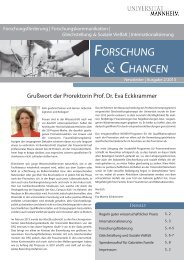
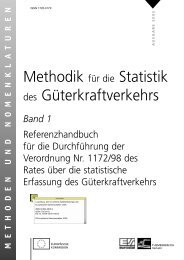
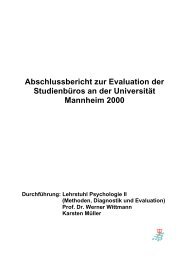
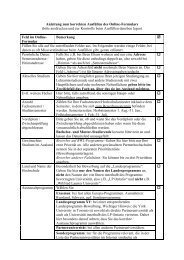
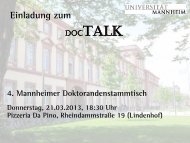
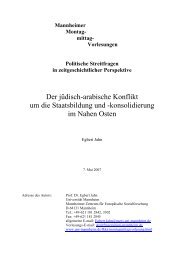
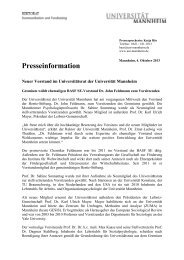

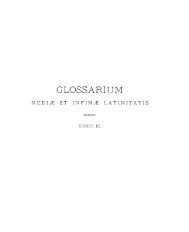
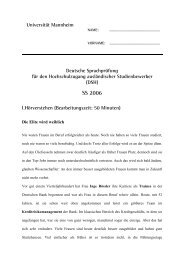
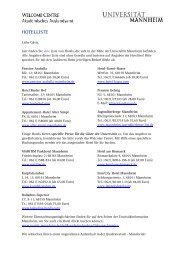
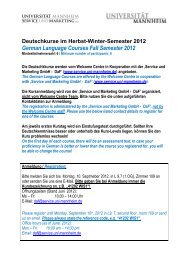
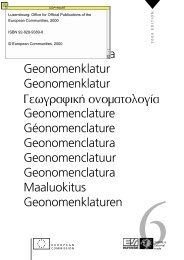
![226. [Augsburg], 27. Oktober 1562 An Joachim Camerarius d. Ã ...](https://img.yumpu.com/27559109/1/184x260/226-augsburg-27-oktober-1562-an-joachim-camerarius-d-a-.jpg?quality=85)